Watch on YouTube or listen on Anchor, or wherever podcasts are heard.
This week’s Friday Five comes in the form of another adapted chart from Finding Your Blind Spots.
| Say This | Not This |
| Chair, mail carrier, fire fighter, flight attendant, nurse, congressional representative, human beings | Chairman, mailman, fireman, stewardess, male nurse, congressman, mankind |
| Student in a wheelchair, student with a learning disability, students who are neurodiverse | Handicapped student, learning disability student, special education students |
| African American, Black, BIPOC, POC | Negro, colored, black, Afro-American |
| Mexican American, Cuban American, Latinx, Chinese American, Congolese American | Hispanics (when the culture is known), Latino or Latina, Asians, Africans |
| Native American or specific tribe name, Indigenous peoples of North America, Inuit, Pacific Islander, AIAN (American Indian and Alaskan Native), API (Asian and Pacific Islander), the term someone self-identifies as (just ask them!) | Indian, Eskimo, Hawaiian, Chinese |
Teach me how to say that, please.
Whenever I struggled to read the surname of a student on my roster, I always squealed with delight and asked “Ooohh, where’s your name from??” Teaching middle school, I mostly got the “why you puttin’ me on blast” look. But I usually pressed on and was rewarded, as their voices rose in pride and excitement to meet my own.
Because we live in a world that still prizes assimilation over diversity, it’s important that educators use culturally affirming language as they build relationships with individual students. ‘Labeling’ students in the most celebratory and specific way possible is one way to embrace them.
For example, Wanyepreye would have been ‘Pat’ had he insisted. But, I asked him to teach me how to say his name properly. It wasn’t hard. I also asked which he preferred. He said both. When I asked if I could call him Wanyepreye, he said ‘yeah’.
You see, Wanyepreye is Nigerian American. He is not ‘African’ anymore than Canadians–or us, for that matter, are ‘North Americans’.
Go deeper.
How much do you know about your Hispanic students, your Asian students, your Native American students, your Black students or your students from the LGBTQ community? Culture is not only skin deep. Wanyepreye and I are both Black. But his grandma and my grandma cooked differently, spoke differently, had different cultural experiences growing up. His grandma is Nigerian. Mine was Opelousian, from Louisiana. Those labels convey something unique about each woman that the term Black does not. Mexican or El Salvadorian descriptors mean more than Latinx or Hispanic. How deep do you go when getting to know your students–and coworkers–for that matter?
Don’t just read the label.
- The student with autism wants to be a lemur scientist in Virginia, and he’s working toward that goal.
- The student working toward their Eagle in Scouts is hosting a rally for the LG community.
- The student from Tibet is a part of a local circle dance group that performs nationally.
These kids might just be the Sped kid, the gay guy and the Asian girl. But those are labels that don’t even scratch the surface of who they are.
If you are honest with yourself, how many times in a week do you hear “the gay kid”, “the SpEd kid”, “the African kid”, “the Hispanic kid”, etc.? How often do you label kids that way yourself? How much about those kids do you know, beyond those labels? What about when you read the above labels and think about your own language use. Is it common for you to assign monolithic terms to groups of students (i.e. Blacks and Browns) without considering the cultures of the groups represented? Is it the norm on your campus to assign class jobs and talk about certain community heroes along gender lines?
Person first. Gender neutral. Culture affirming.
Luckily, Purdue Owl‘s writing lab keeps up with person-first, gender neutral, culture affirming terminology. And when Finding Your Blind Spots comes out, you can learn even more. But for now, recognize that our language and labels should always be person first, specific, gender neutral and culture affirming. Choosing a specific, rather than broad, ‘label’ starts you on the road to learning more about your students. And when you show nurses and cowhands of all genders, you open up a world of possibilities for your students.
I have one ask this week. Reflect on what you’ve learned and rethink how labels influence what you think about students. And, to practice here’s a 1 question quiz:
Use the chart and the Purdue resources above to rewrite the following sentence in the most inclusive, specific and affirming terms possible:
The American Indian SpEd kid plays basketball when he doesn’t have tutoring. FYI, the student is non-binary, identifies as “they”, is Chickasaw and has autism.
Feel free to practice for yourself or to answer on the thread on Twitter.
